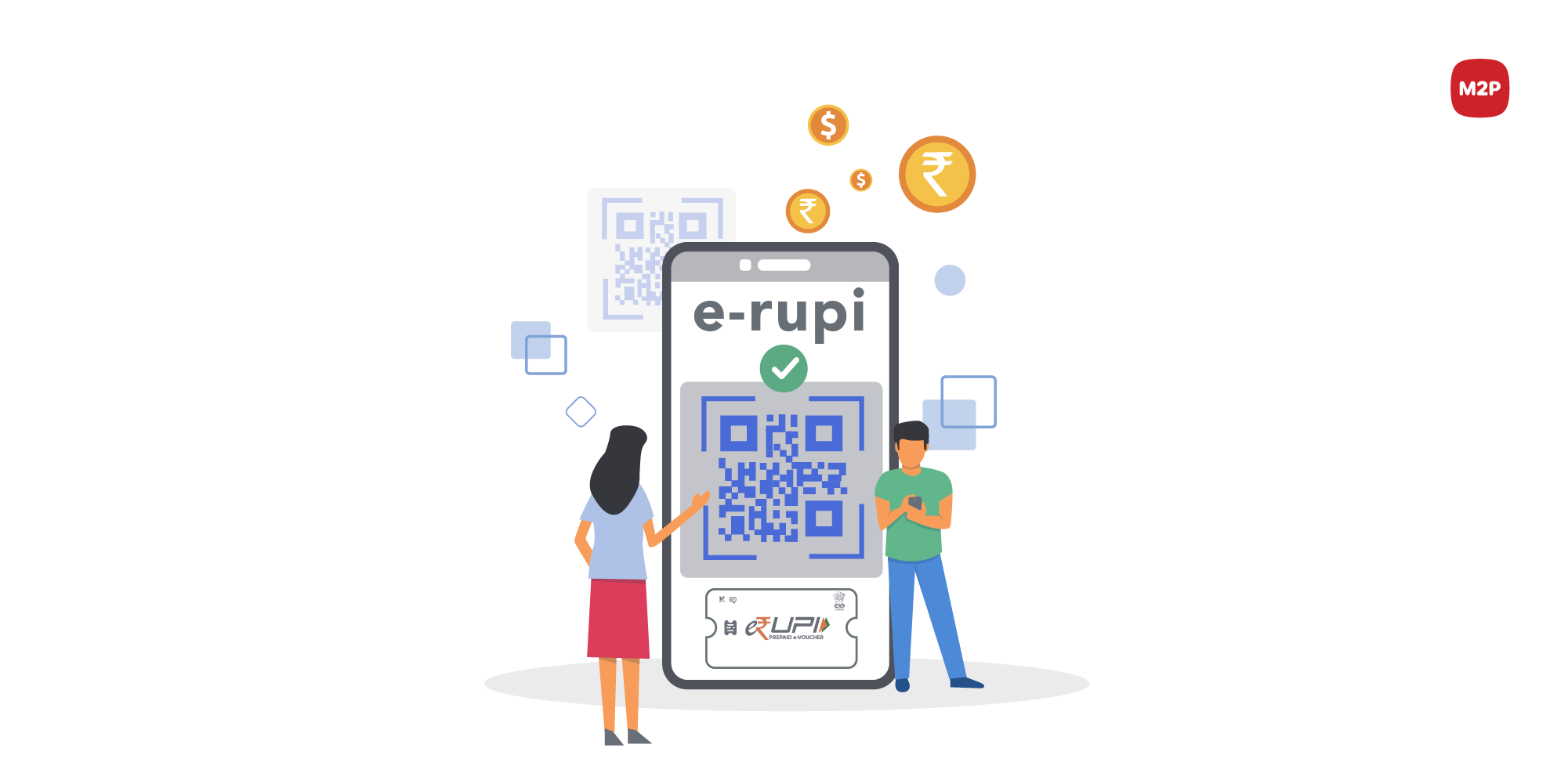
The past few days, we have been hearing, seeing or reading the word e-RUPI everywhere. And it has ignited a plethora of questions amongst both consumers, corporates and fintech alike. But, while the initial impression was that it was the precursor of Central Bank Digital Currency (CBDC), it was not so.
Launched on August 2nd, 2021, at 4.30 pm, e-RUPI was developed by the National Payments Corporation of India on its UPI platform. It is a contactless and cashless instrument for digital payment. The Department of National Health Authority, Ministry of Health & Family Welfare and the Department of Financial Services have also collaborated with NPCI in formulating and launching this solution.
E-RUPI signifies how 21st century India is moving ahead with the help of modern technology and connecting technology with people’s lives,” says prime minister Narendra Modi
The primary application of e-RUPI is to disperse welfare payments to the right beneficiaries using a one-time payment mechanism. It eliminates the need for middlemen and connects the program sponsors and beneficiaries directly. It is similar to a digital gift card and requires no bank account, smartphone or digital payment app. It is a person and purpose-specific payment initiative.
How e-RUPI works?
e-RUPI is a one-time payment mechanism delivered as a QR code or an SMS string to the beneficiary’s mobile number. It works more like a prepaid gift card that can be redeemed only at specific service provider touchpoints.
Also, the system ensures that the service provider is paid only after the beneficiary completes the transaction. Being a prepaid payment instrument (PPI), the service provider is also assured of the payment. There is no need to follow any intermediary for payment transfer.
It doesn’t require any debit or credit card for its function. In short, e-RUPI is all set to connect beneficiaries and sponsors digitally, minus the need for a physical interface.
Built on NPCI’s UPI platform, e-RUPI has onboarded banks as issuing entities. As a result, any corporate or government agency can approach these issuing entities and deploy an e-RUPI program for their target beneficiaries.
At present, 11 banks support this initiative, and they are split into two categories:
Banks that can issue and accept e-RUPI vouchers:
- The State Bank of India
- ICICI Bank
- HDFC Bank
- The Punjab National Bank
- Axis Bank
- Bank of Baroda
Banks who can only issue e-RUPI:
- Canara Bank
- IndusInd Bank
- Indian Bank
- Kotak Bank
- Union Bank of India
Are e-RUPI and Central Bank Digital Currency one and the same?
Incidentally, e-RUPI’s announcement came a few days after announcing the phased implementation strategy of Central Bank Digital Currency (CBDC). So, it sparked speculation that e-RUPI might be a trail leading to CBDC.
But there exists a rudimentary difference between the two. e-RUPI is an e-voucher based system that disburses money as it is still supported by the existing Indian rupee. Whereas CBDC deals with money creation. Click here to know more about CBDC.
Why the e-RUPI system and its use cases?
For a long time, there have been many instances of people not receiving the subsidies intended for them. Sometimes there also have been instances where the beneficiary in question doesn’t exist at all. And the Indian government had lost many millions in welfare payments alone.
But, then, the introduction of Aadhar-linked subsidy let the government transfer directly to the beneficiary’s bank account. This was termed as Direct Benefit Transfer. But this also resulted in a roadblock as there are millions of underbanked and unbanked population in India.
However, the percentage of mobile penetration has been impressive, so this voucher-based system will help the government reach the right beneficiary without any deviations in the system.
e-RUPI will plug leakages in the welfare delivery system and can be adapted to other welfare schemes such as Mother and Child welfare schemes, drugs and diagnostics under schemes like Ayushman Bharat Pradhan Mantri Jan Arogya Yojana, fertilizer subsidies and so on.
Given e-RUPI’s mission to plug in the leakages of the welfare system, the use cases can be expanded to many situations. Also, with the people rapidly adopting digital payments, e-RUPI can help bring financial inclusion even to the unbanked. The future and developments of e-RUPI look bright with many miles to go.
Subscribe to our newsletter and get the latest fintech news, views, and insights, directly to your inbox.
Follow us on LinkedIn and Twitter for insightful fintech tales curated for curious minds like you.




0 Comments